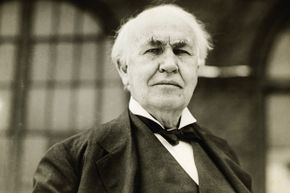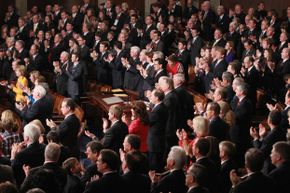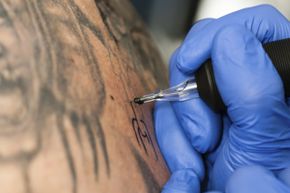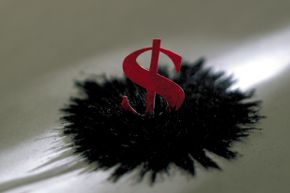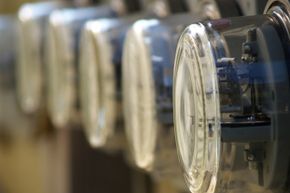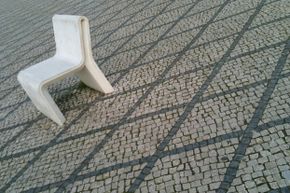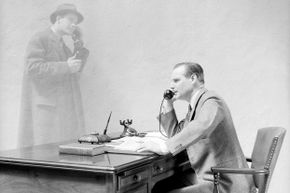Without question, our lives would be very different without the inventions of Thomas Alva Edison. This prodigious creator changed our culture in countless ways with the seemingly miraculous devices that flooded out of his New Jersey laboratory.
Edison, born in Ohio in 1847, obtained his first patent at the age of 21. The last patent in his name was granted two years after his death, in 1933. In between, he tallied 1,093 United States patents and more than 1,200 patents in other countries [source: Rutgers]. Biographers have figured that Edison averaged a patent every two weeks during his working life. Even though many of his "inventions" were not unique -- and he engaged in some well-publicized court battles with other inventors whose ideas he "borrowed" -- Edison's skill at marketing and using his influence often got him the credit.
Advertisement
Most of Edison's inventions fall into eight main categories: batteries, electric lights and power, phonographs and sound recording, cement, mining, motion pictures, telegraphs and telephones. But while the Wizard of Menlo Park is remembered for his major inventions, such as the incandescent electric light and the phonograph, his tireless mind also came up with some ideas that aren't so well-known -- and some that weren't welcomed by the public.
Keep reading to find out why members of Congress rejected a machine designed to make them more efficient and how another Edison invention frightened little girls and angered their parents.
